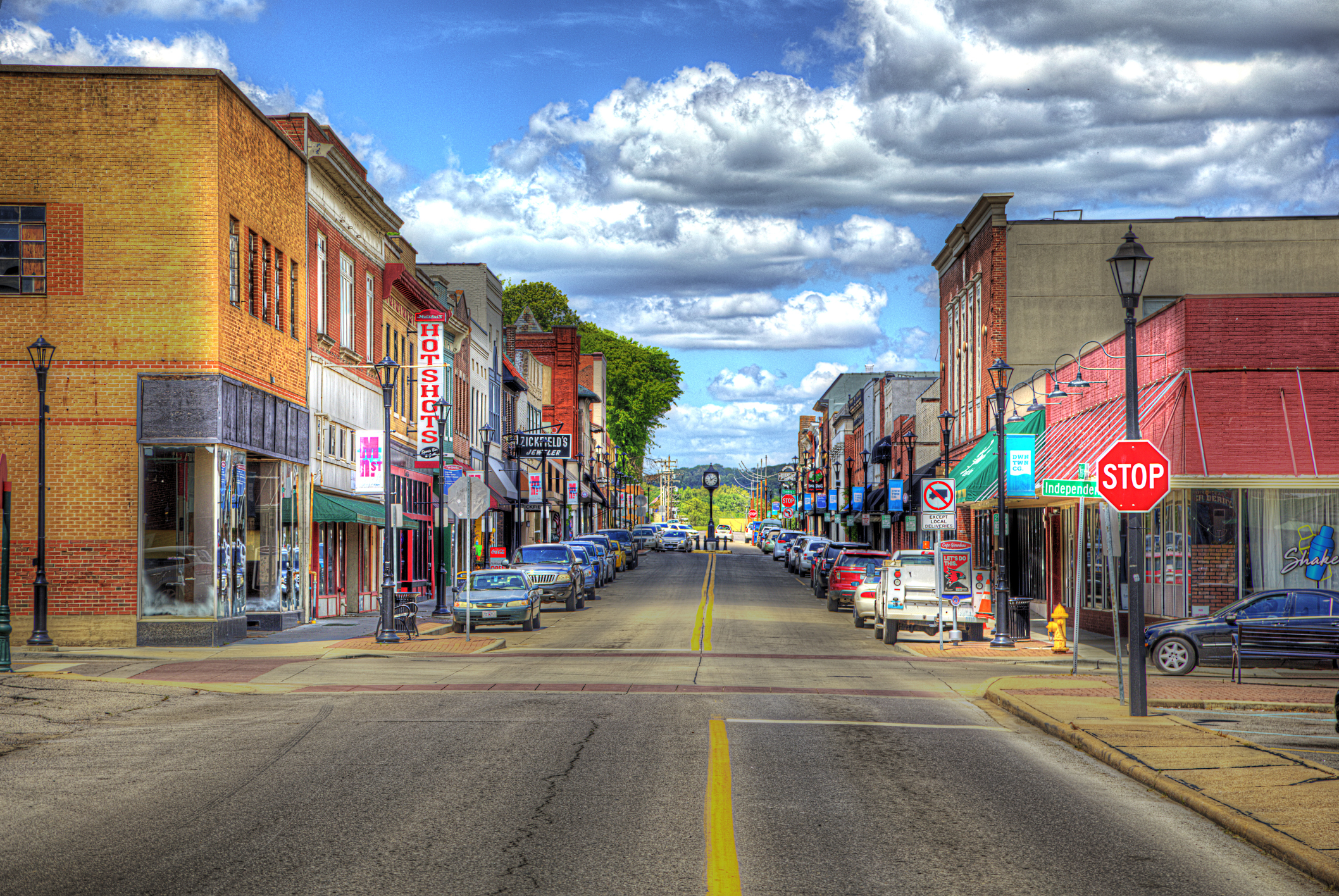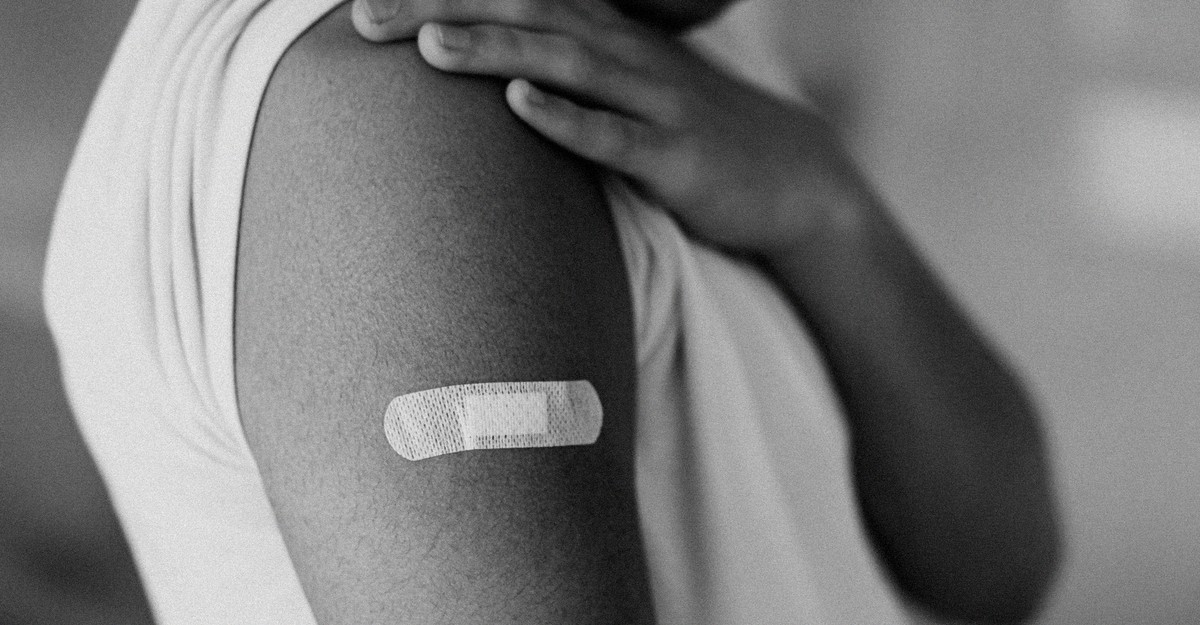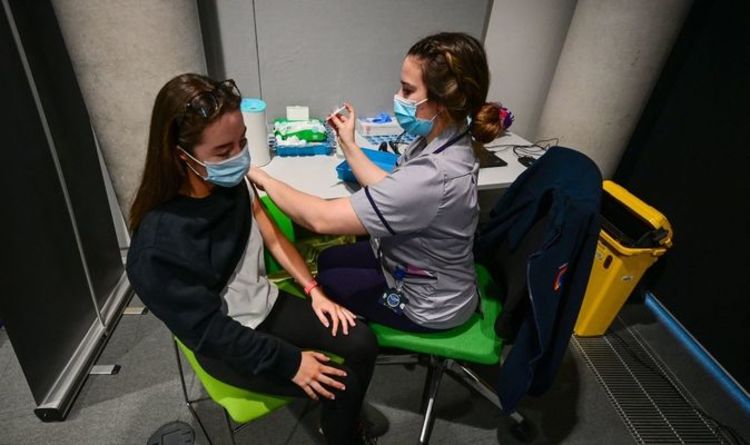- Moderator
- #13,531
Offline
My 19 year old son tested positive. He's been sick the last 2 days. Nothing serious, but he can't work for at least 5 days. So that's kind of a bummer. Wife stayed home today. I think we both have it, although it seems very mild at this point. Scratchy throat, stuffy nose. That's about it. I'm assuming we have it, but since I'm working at home and wife calling out sick, we're not gonna get tested. We just assume we have it and will stay put for a week. I'm surprised it took this long since one of my daughters had it a few weeks ago but no one else got sick.





